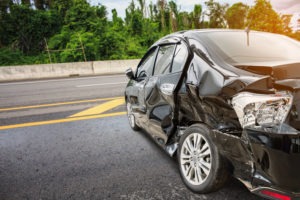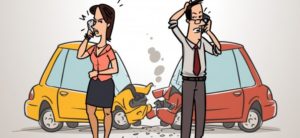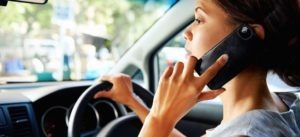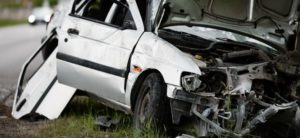Auto Accidents: A Guide to Getting the Necessary Information

car crash accident on the road
We know that being involved in an auto accident is not only inconvenient but that it can cause a lot of stress. However, there are some steps you can take to be prepared for an accident ahead of time, as well as essential steps to take after the accident occurs. Knowing this information ahead of time can help relieve some of the anxiety that accompanies being involved in an auto accident.
Preplanning: Let’s Talk Insurance
Almost one-third of vehicles on the road have no insurance coverage or carry only the minimum state-required insurance. Which means that if you are injured in a collision with a un-insured or under-insured motorist, you may not recover enough money to pay your medical bills or property damage, even if it was the other driver’s fault. This is why insurance companies offer Uninsured Motorists (UM) and Underinsured Motorists (UIM) coverage. UM and UIM coverage is additional insurance that you may purchase to protect you and your loved ones that are involved in an accident with an Uninsured or Underinsured motorist.
UM coverage protects you when the responsible motorist does not have any auto insurance and they have damaged your vehicle or injured you or your passengers. One of the most frequently covered incidents under UM coverage is hit and run accidents.
For a free legal consultation, call (725) 900-9000
UIM coverage provides protection if the responsible driver in an automobile accident has insurance but does not have enough coverage to fully pay your medical bills or the cost to repair your vehicle. While most states require automobile owners to purchase a minimum amount of auto insurance, this is often insufficient to compensate you for your injuries. UIM coverage may also be used to cover the entirety of your medical bills.
Paying the additional money to have comprehensive car insurance coverage can truly give you peace of mind. You already pay for car insurance to protect others in the event of an accident, but having UM and UIM coverage ensures that you are protecting yourself and your loved ones as well.
5 Precautionary Measures
- Keep your car’s maintenance up. For example, make sure your brakes are not worn, your signals work, and your tires are road ready, to prevent accidents.
- Always make sure your license is with you and that your registration is in your vehicle.
- Make sure that your cell phone is charged. You will need it to take photos/videos at the scene of an accident. Your phone will also be necessary to call the police. We recommend having a phone charger in your vehicle at all times
- Investing in a dashcam is a smart move. A dash cam tracks footage continuously and may provide proof that you are not at fault in an accident. Dash cams range in price, but some are priced as low as $25.
- Keep a pen and paper handy in your glove box, just in case you cannot take notes on your cell phone.
10 Tips for Immediately After the Accident
- Never accept blame or apologize for an accident at the scene
- If injured, let the emergency ambulance team examine you at the scene. This is important not only to ensure that you are promptly given necessary treatment, but it also documents the nature of your injuries at the time of the accident.
- Find a witness that saw the accident. You can either record the witness’s story on your cell phone or have them write down what they saw. Make sure you get the witness’s name, address, and phone number.
- Make sure to take photographs of the front, back, and each side of all vehicles involved. The key is to make sure you capture any and all visible damage.
- Also make sure to snap a photo or write down any driver’s insurance policy number, the vehicle’s vin number, the driver’s license or identification card number, as well as the license plate number of each vehicle involved.
- If there are passengers in the other driver’s vehicle, try to get their names, addresses and phone numbers. It is always better to have more information than less.
- Take a photo of the street where the accident occurred and check to see if any cameras are located on the street (cameras are usually located near street lights on busy intersections). If the accident occurs in a residential area, check to see if any ring cameras are present on homes surrounding the accident area. Your attorney may be able to subpoena the footage from those cameras later.
- When the police arrive make sure to get the officer’s badge number and police report number. This will make it easier for you or your lawyer to request a copy of the incident report.
- Call your insurance and make a claim.
- Lastly, always have a personal injury attorney’s phone number on hand. You can reach the Van Law Firm at 725-900-9000.
No obligation consultations are always free.
Let Us Help You! Call Now: (725) 900-9000


